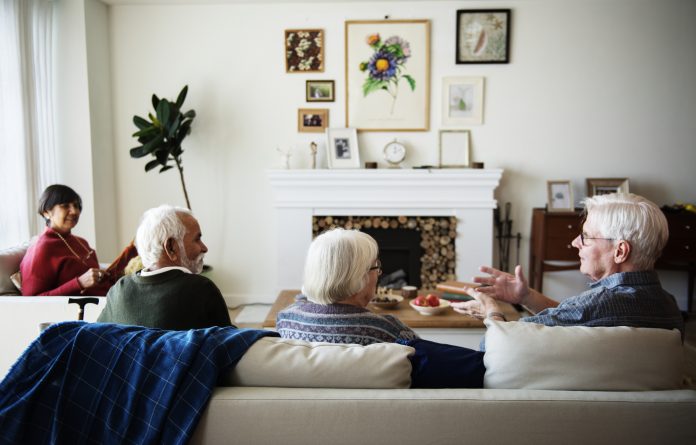Andrew Fyfe, associate director of healthcare and senior living at BNP Paribas Real Estate, charts the challenges of accommodating an ageing population in a senior housing crisis
Our BNP Paribas Real Estate recent findings suggest that in order to meet the demand for senior housing in line with other developed nations, such as Australia, New Zealand and the US, we need to build 487,000+ retirement living units based on current population statistics. This does not take into account projected growth in the population of older people, with estimates suggesting that the over-65 population is set to increase by 31% in the next 15 years, highlighting that this is a problem which will get significantly worse if not addressed now.
Why aren’t we building more senior housing?
On a macro level, the senior living sector is experiencing similar headwinds that are affecting all real estate sectors. The war in Ukraine, Covid-19 and rising inflation have all contributed to a rise in the cost of building materials, which has a knock-on effect on the viability of some projects. Difficult macro conditions have increased the cost of debt, which puts more pressure on operators and developers in the sector as it makes projects harder to stack up financially. This is particularly the case in lower-value areas.
Changing government personnel and policies (13 housing ministers since 2010) has also had a significant effect. ARCO, the trade body for integrated retirement communities, succeeded in getting the government to set up the housing with care taskforce as part of its levelling up agenda to promote the senior living sector, with the task force being chaired by the housing minister. The new administration recently confirmed that this remit will no longer be part of the housing minister’s responsibilities. This needs to be addressed sooner than later to ensure the momentum gained is not lost.
Clearer perceptions of senior housing
The perception of what is meant by “senior housing” is a massive problem as many people – consumers, local authorities etc – conflate integrated retirement communities with care homes or retirement housing when in fact, they are completely different.
Care homes provide for people who need continuous care and support, including those with dementia. Integrated retirement communities offer older persons a lifestyle choice and the chance to live independently in a place where they can use care facilities only when required. Retirement housing is age-restricted accommodation offering some communal facilities and support. It is, therefore, essential that the government helps to educate people as to the differences so they can make informed choices. In New Zealand, where the market is substantially more established, the general populace understands the differences and will then be considering different brands or offers.
In the midst of a housing crisis, older people are often placed at the back of the queue. Most incentives are at the front end of the housing ladder, and help-to-buy schemes are generally targeted at first-time buyers.
In the face of a rapidly ageing population, questions remain as to whether this makes sense. If we build more appropriate housing stock for older people to move into – an interim solution between mainstream housing and a care home – this, in turn, would have the effect of freeing up a supply of mainstream family housing, which would have a positive effect all the way through the housing chain.
It is important to consider that inflationary pressures also impact the consumer, as well as the developers, of senior housing. It is interesting to note that 48% of over-66s interviewed as part of Strutt & Parker’s Housing Futures report said they would prefer to rent their next home. With the rising cost of living, perhaps now is the time to start looking at a rental product for senior living more seriously. The investment community understand a rental product delivers a visible income stream and, based on Strutt & Parker’s findings, perhaps a significant portion of older people would like the opportunity to rent as well.
What is clear is that a mix of products at a variety of price points, specifications and tenures is required. A top-down approach will help to ease the difficulties of housing an ageing population. The government needs to address this as a major issue, and targets should be set at a national and local level to deliver more senior housing if we have any hope of delivering anywhere near the amount of senior housing required.
Andrew Fyfe

Associate director of healthcare and senior living
BNP Paribas Real Estate
Tel: +44 (0)131 516 2975
www.realestate.bnpparibas.co.uk

















